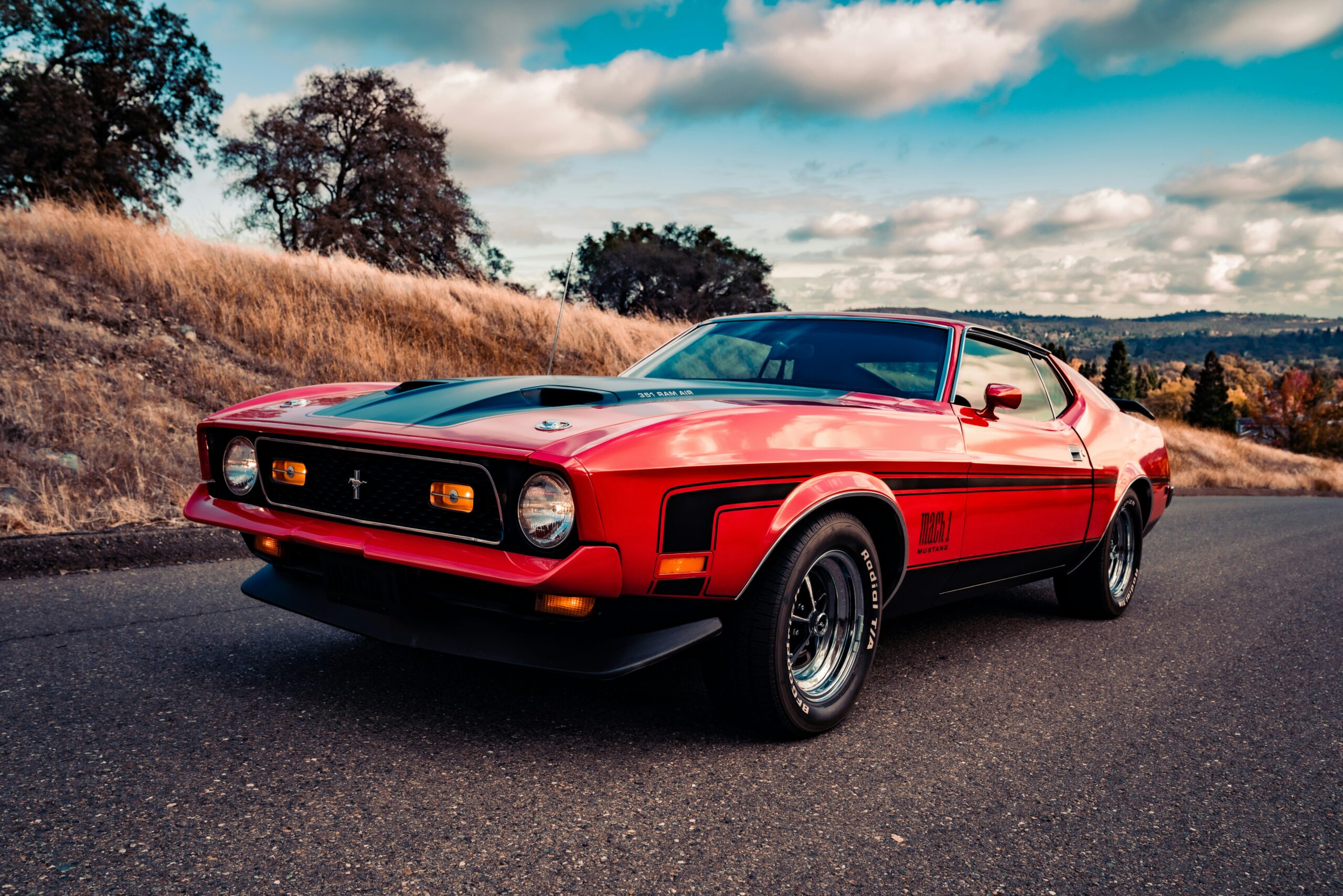
Ford Mustang Mach 1 — History, Specs, Buyer’s Guide & Value Tips
The Ford Mustang Mach 1 blended everyday drivability with serious performance, creating one of the most beloved nameplates in the Mustang family. Launched for the 1969 model year and revived in multiple eras, the Mach 1 formula has consistently delivered bold styling, meaningful chassis upgrades, and potent V8 power that still captivates enthusiasts.
What Made the Ford Mustang Mach 1 Special
Unlike appearance-only packages, the Mach 1 typically added functional performance touches: firmer suspensions, performance axle ratios, unique interiors, and exterior cues such as stripes, spoilers, and—on many years—the famed shaker hood. Whether you’re eyeing a classic big-block model or a later revival, you’ll find a confident grand-touring character backed by true muscle.
Generations & Highlights
- 1969–1970: Debut era with aggressive fastback styling, 351/390 options and the legendary 428 Cobra Jet; see our year guides for the 1969 Ford Mustang Mach 1 and the 1970 Ford Mustang Mach 1.
- Early ’70s: Continued emphasis on style and torque-rich V8s as regulations shifted.
- Modern revivals: Reimagined with contemporary chassis tech, Brembo brakes, and track-focused packages while honoring classic cues.
Engines, Performance & Driving Feel
Across the eras, Mach 1 powertrains ranged from responsive small-blocks to thunderous big-blocks. Iconic combinations include 351 Windsor/Cleveland variants and the 428 Cobra Jet, prized for effortless torque. Later generations added fuel injection, sophisticated damping, and advanced braking. The result is a car that cruises comfortably yet comes alive on back roads and at the strip—true to the Mach 1 promise.
Buyer’s Guide: What to Inspect
- Drivetrain originality: Match engine and transmission codes to VIN and data tags; correctness is a major value driver.
- Rust hot spots: Cowl, floor pans, trunk, lower quarters, torque boxes, and frame rails on classics.
- Suspension & brakes: Look for worn bushings, leaking shocks, and weak brake components; upgrades to front discs are common on classics.
- Interior & trim: Gauge clusters, shaker assemblies, unique seats, and period-correct badges can be expensive—confirm completeness.
- Documentation: Build sheets, invoices, and ownership history add confidence and bolster resale value.
For broader shopping prep, check our Mustang Buyer’s Guide and protect your investment with the Classic Car Insurance Guide.
Values & Collectibility
Condition, originality, and specification dictate pricing. Driver-grade small-block cars offer approachable entry points, while big-block classics with documented options, desirable colors, and low mileage command strong premiums. Later Mach 1 revivals balance modern reliability with collectible cachet—especially in limited or track-oriented packages.
Why the Ford Mustang Mach 1 Endures
The Ford Mustang Mach 1 endures because it nails the sweet spot between style, speed, and usability. It’s a car you can admire at a show, enjoy on a weekend drive, and rely on thanks to deep parts support and a passionate community. If you want a Mustang with extra attitude and authentic performance lineage, the Mach 1 remains a standout choice.
